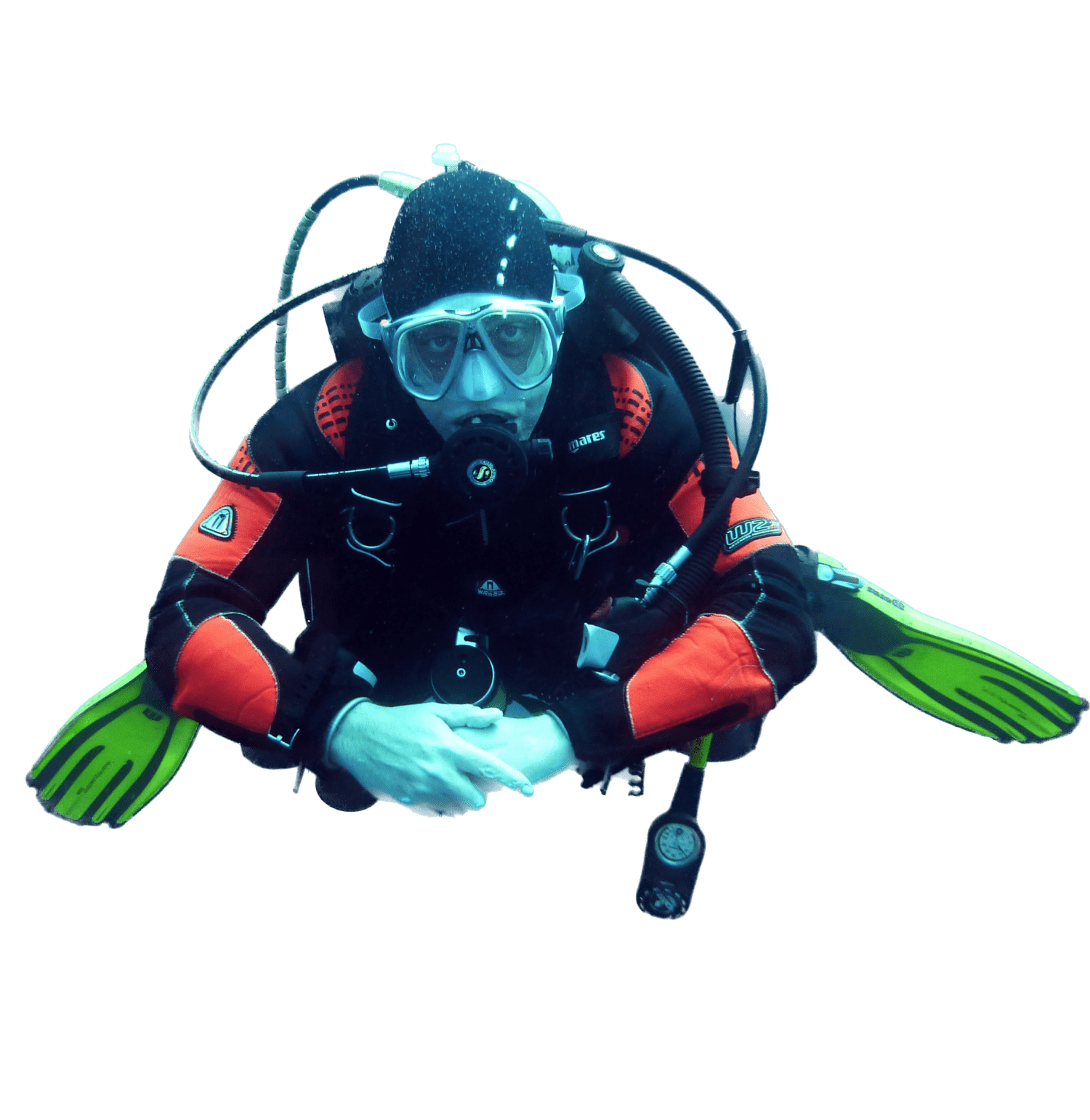Scuba Diving in Murcia is not just about exploring marine life; it's a voyage into history. The region, rich in maritime heritage, offers scuba enthusiasts an opportunity to experience stories of the past that lie beneath the surface.
Cartagena: An ancient city with over 2,000 years of history, Cartagena has been the hub of numerous civilizations owing to its strategic port location. This history has spilled into the surrounding sea, making it a hotspot for wreck diving. Here, remnants of shipwrecks, ranging from Phoenician trading vessels to Spanish Civil War casualties, rest alongside colorful marine life. Each dive site is a unique window into the city's vibrant past.
Cabo de Palos: Known for its iconic lighthouse, Cabo de Palos has long been a beacon for ships navigating the perilous waters of the Mediterranean. But it’s the depths below that hold the real allure. Lurking beneath the waves are several shipwrecks, casualties of rocky outcrops and unpredictable currents. Among the most famed is the 'Sirio', an Italian steamship that sank in 1906, now home to an array of marine creatures.
Islas Hormigas: Declared a marine reserve in 1995, the archipelago of Islas Hormigas is renowned for both its biological diversity and historical significance. Due to its location along major maritime routes, it has been the site of numerous shipwrecks over centuries. Among these, the remains of a 5th-century Byzantine ship are particularly notable, offering divers a glimpse into the ancient trading routes that crossed these waters.
Exploring these underwater historical sites will let you experience firsthand how nature and history intertwine in the waters of Murcia. You don't just observe marine life; you swim through layers of time, each telling a different tale of the Mediterranean's vast maritime history.
